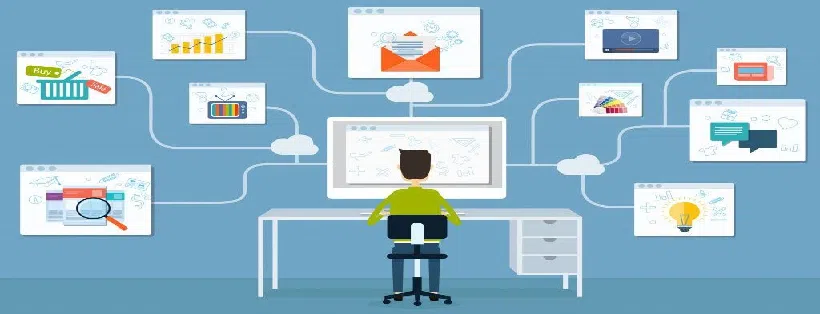
Education, they say, is the great equalizer, and the future of education is here. More than 70% of colleges and universities expect to launch one to four new online undergraduate programs over the next three years. Self-paced learning programs are in high demand and account for more than 77% of the total E-Learning market share.
The ability to learn is one of the most important qualities a leader can have. If you think about the functions of a leader, you will no doubt think about vision, setting strategic direction, finding talent, making decisions, connecting, building trust, motivating, transforming, innovating and influencing action.
Self-paced learning and online undergraduate programs are in high demand
If COVID has taught us anything, it is the de-mystification of what digital even means. So welcome to 2023 – where we see the explosion of online learning and blended programs designed to deliver educational content and resources to future leaders via the internet. There are five main reasons why online digital learning makes sense:
- Accessibility: Online digital learning allows students to access educational content and resources from anywhere, at any time. This makes education more accessible to balance personal, professional and academic life.
- Flexibility: We all value autonomy. Online learning allows students to learn at their own pace and on their own schedule.
- Cost-effectiveness: Online digital learning can be more cost-effective than traditional classroom learning, as it eliminates the need for physical classrooms, textbooks, and travel. By using technologies, companies upskill their teams in less time and for less money. Companies annually spend an average of 1, 280 USD per employee on employee training. Teams appreciate these significant investments, but switching to EdTech could reduce these expenses and make the learning process more effective and efficient.
- Personalization: You may not think so, but online digital learning allows for a more personalized learning experience, as students can choose the content and resources that best suit their learning style and needs. This can lead to better learning outcomes and actually increase student engagement.
- Innovation: Online digital learning encourages innovation in teaching methods and instructional design. Educators can incorporate a variety of multimedia resources, interactive tools, and collaborative learning activities to create engaging and effective learning experiences.
In addition, no traditional program can quite match the global reach across borders and time zones, creating opportunities for students to connect and learn with people from all over the world. Doing so can foster global awareness and cultural competence.
Moreover, online learning can incorporate immediate feedback, such as quizzes and assessments, allowing students to receive feedback on their performance in real time. This can help students identify areas where they need to improve and adjust their learning approach accordingly. We can also increase student engagement through the use of interactive multimedia resources, gamification, and social learning features, making learning more enjoyable, motivating, and meaningful for students.
Finally, the environmental sustainability of online learning should also be considered since this educational model reduces the environmental impact by lessening the need for physical classrooms, textbooks, and travel.

